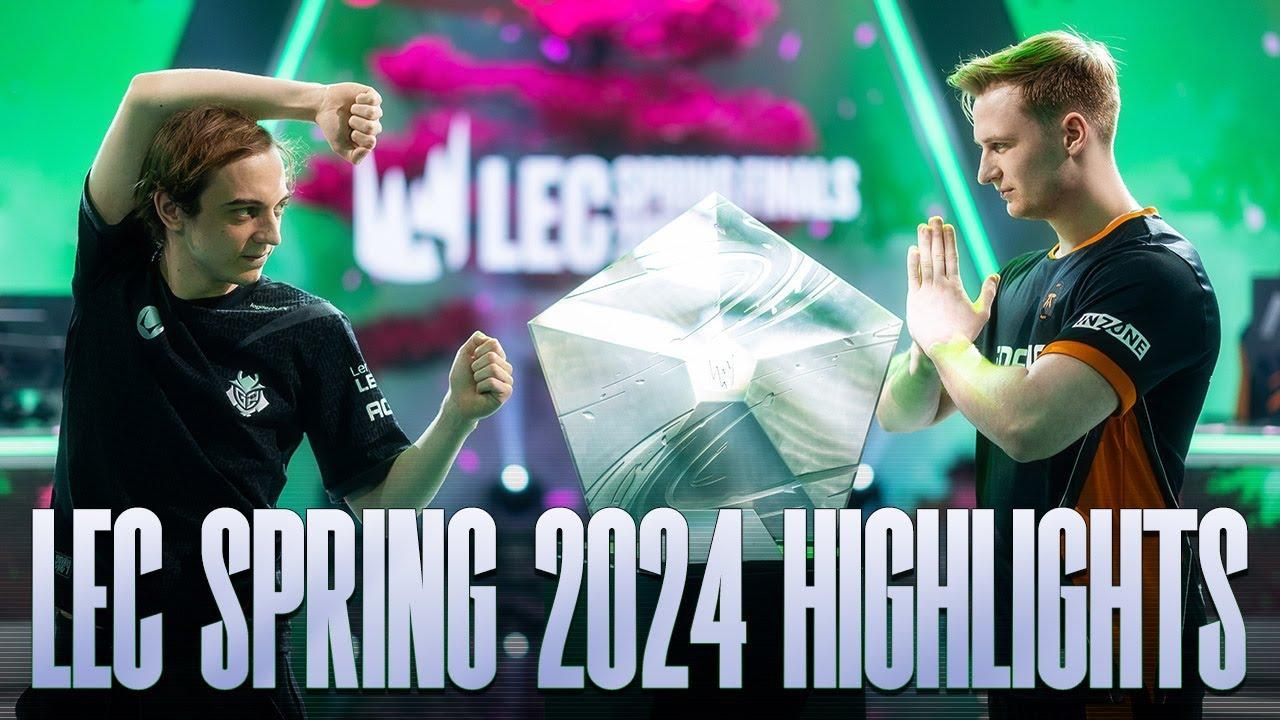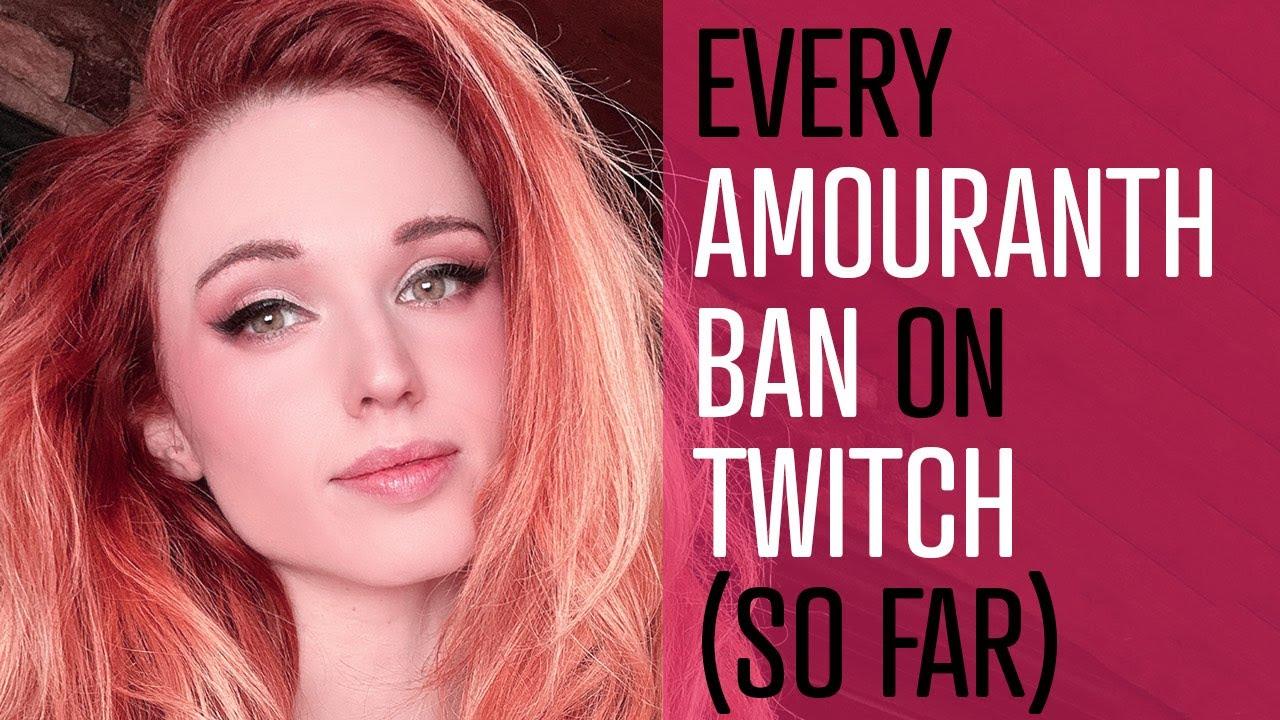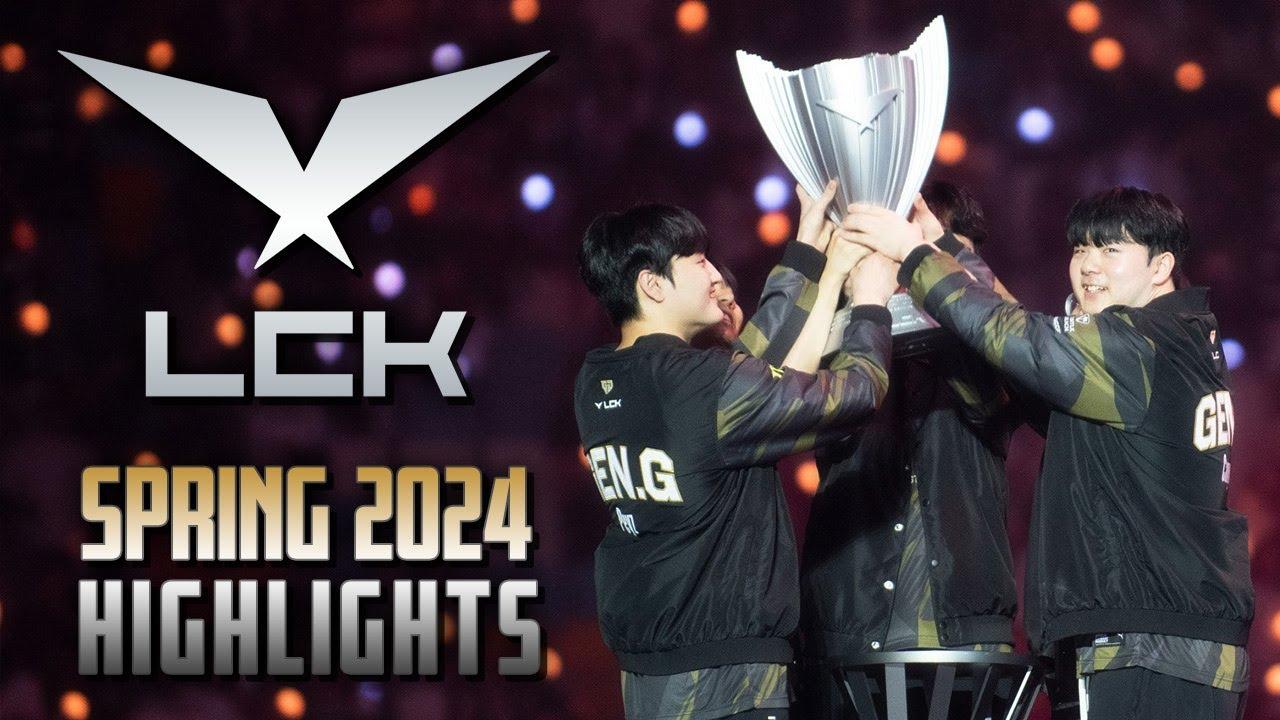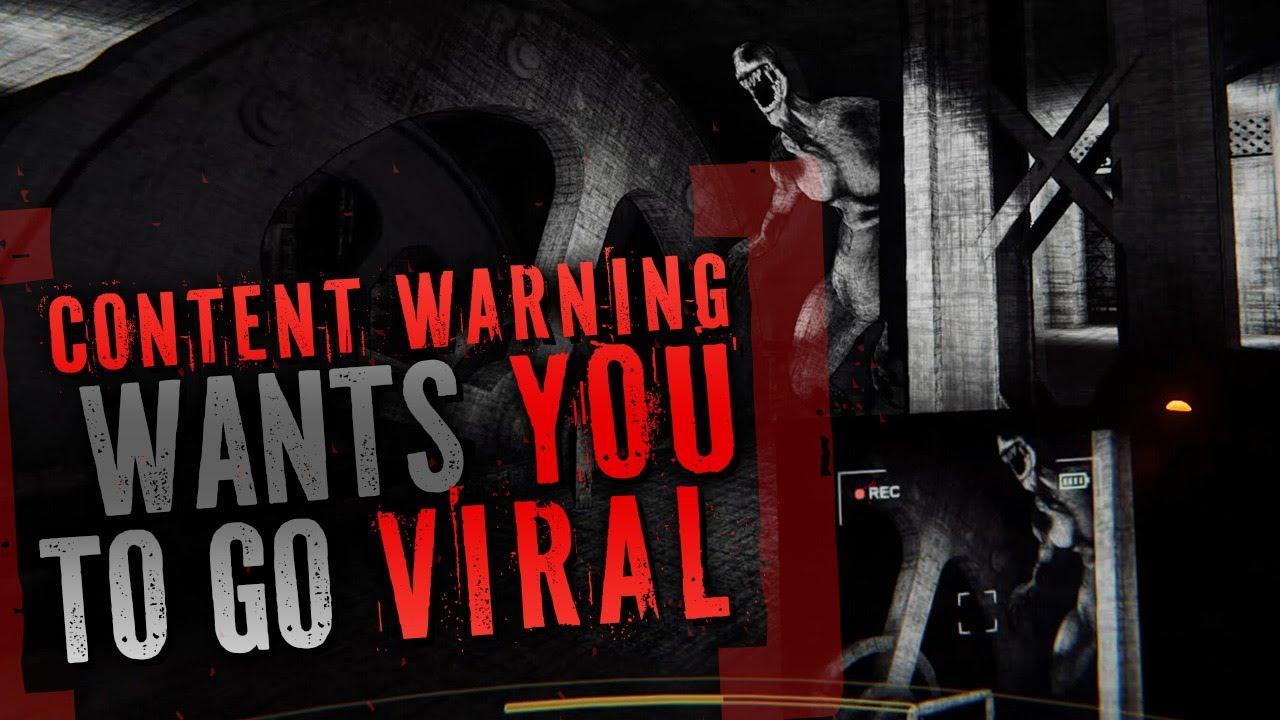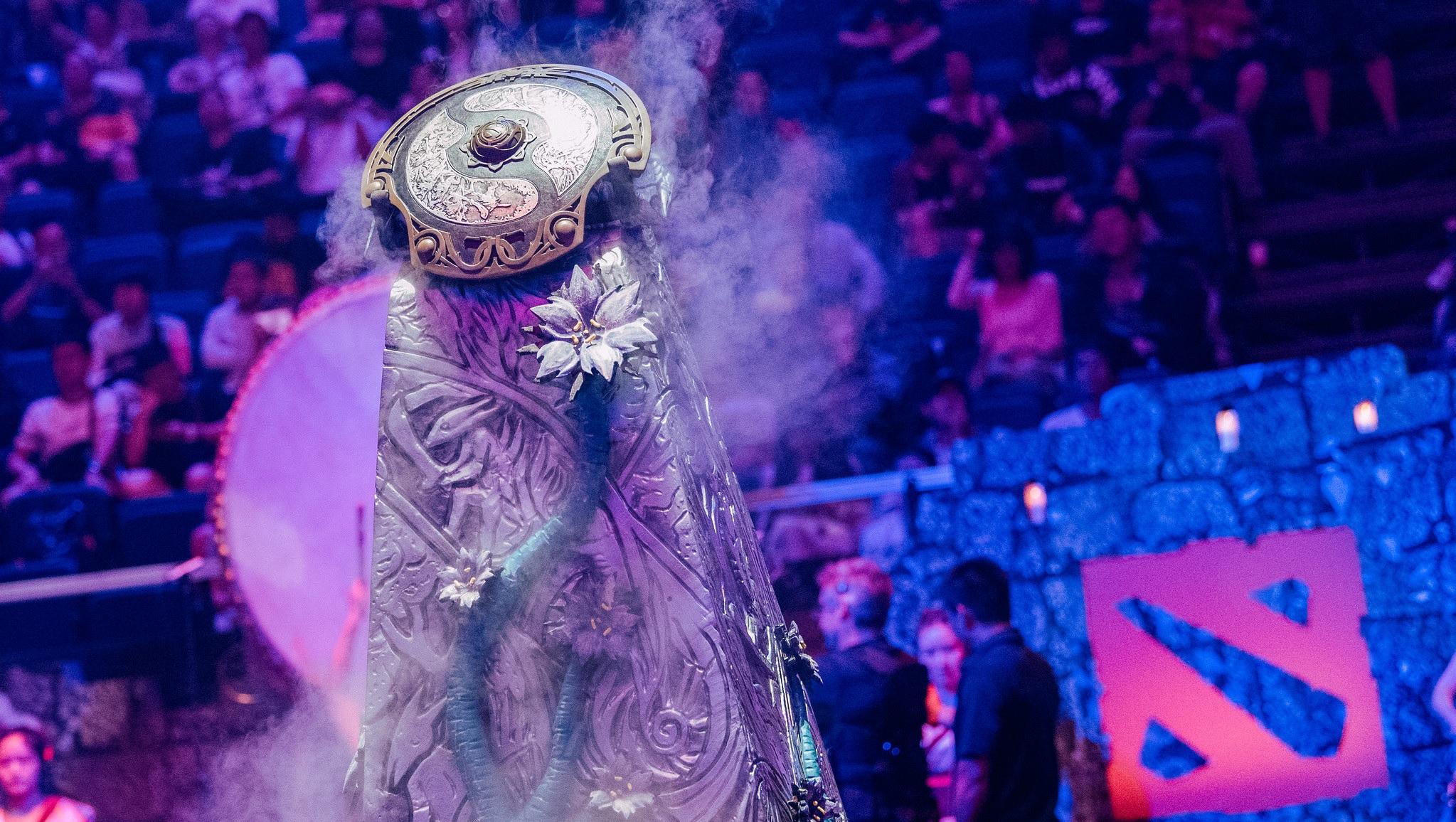
Valve may be quitting on Dota 2 esports, but what does that mean?
Competitive Dota 2 seems to be in a bad spot at the moment. While that’s not an unusual circumstance, as the game has been seemingly doomed on a number of occasions, a number of indicators suggest Valve is ready to completely drop out of the game’s stalwart esports scene.
Even at the best of times, Valve is distant, disinterested, and bumbling when it comes to handling Dota 2 esports. But the last few months have seen Valve make a marked shift in how it monetizes its MOBA title and Dota 2 esports don’t seem to fit into those plans any more.
Here are the big changes that have occurred, how things might change things moving forward, and what a Valve exodus from Dota 2 esports would mean for the game’s pro players and fans.
TI10 date, location unknown after Stockholm issues
The biggest issue facing Dota 2 right now is a shocking one. Nobody knows when or where The International is going to be held.
In June, Valve revealed that the event was being forced out of Stockholm and blamed local partners Visit Stockholm and Stockholm Live for being unable to get the event bureaucratically sorted in a way that allowed competitors to reasonably obtain visas. While Valve noted that there was a chance the event could still go on, the door was shut entirely a week later. The Swedish government has borne the brunt of the blame for what seems to be an unwillingness to recognize the legitimacy of esports as a serious competitive discipline, but for Dota 2 players and fans, the fault ultimately still lies with Valve.
TI10 will not be hosted in Stockholm, Sweden despite our best efforts.
Thank you to everyone that cared and tried to affect the decision. It was still very important that we gave it our all. #dota2 https://t.co/6LRz3VVspz
— Jonathan ”Loda” Berg (@LodaBerg) June 24, 2021
While it may have been Visit Stockholm and Stockholm Live that were in error, and even that now seems questionable, the reality is that Valve allowing anything to scuttle the event is outright negligence on the developer’s part. The only possible explanation for a $40 million tournament’s date and location being thrown out with just six weeks’ notice is that Valve simply washed its hands of any role in organizing the event and made no effort to track the progress of Visit Stockholm and Stockholm Live.
If there was a reason that The International 2021 couldn’t happen in Stockholm or if progress on getting the event ready stagnated, Valve should have known and taken meaningful action on it months ago.
Yes, these are awkward times to be hosting an international event of any kind, but League of Legends, PlayerUnknown’s Battlegrounds, Valorant, Overwatch, and other games have all successfully and safely run championship events. WePlay did the same with the WePlay AniMajor for Dota 2. So why is Valve unable to accomplish what others seem so capable of doing?
Valve has no part in TI10 qualifiers
While the logistical issues surrounding TI10 can be chalked up as incompetence, it’s not the only thing suggesting that the company isn’t interested in Dota 2 esports anymore. Valve is not playing any role in the broadcasting of the qualifiers for TI10.
Casters working for Beyond the Summit broke the news that Valve was effectively washing its hands of any role in the qualifiers, financial or otherwise. This can be looked at in one of two ways, neither of which are flattering for Valve.
Valve, after making THE biggest amount of any TI battlepass ever last year and having just released a new battlepass today and have plans to release another very soon are no longer paying for casters to cover the TI quals, which is being left up to BTS.
— Robb (@RobnrollGaming) June 24, 2021
It could be seen as an aggressive cost-cutting measure and an exploitation of Dota 2’s other stakeholders. Valve knows that, even if it completely withdraws from work around The International qualifiers, somebody else is going to pick up the slack.
The other possibility is that Valve dropped its support of Dota 2 esports in 2020 and just didn’t announce it. While the company probably had to host a tournament to get rid of the $40 million from the TI10 Battle Pass, it may have had no interest in doing anything beyond that.
Nemestice Battle Pass may signal end of TI Battle Pass
Dota 2’s short-term future is very shaky because of the issues facing TI10, but it’s events like Nemestice that are making Dota 2 esports look questionable in the long term.
For years, Dota 2’s event schedule has revolved around the TI Battle Pass, which normally ran from May to August each year. The battle pass has effectively been a singularity for Valve’s development of Dota 2, with most of the major skin releases and LTMs absorbed into it.
That changed in 2020 with Diretide. While Valve has run a number of smaller seasonal events in recent years, Diretide was Dota 2’s biggest in a long while and was possibly the most heavily monetized outside the TI Battle Pass. Exact details on the revenue generated are unknown, but it’s safe to assume it was a smashing success as Valve is now pivoting towards more seasonal events.
“We’ve previously mentioned our aim to deliver content on a more regular schedule throughout the year rather than drop everything during one period for the traditional Battle Pass. We’ve experimented with this style for Diretide, the New Player Update, and our continued seasonal Dota Plus updates,” Valve said in a blog post.
The value proposition for Valve is straightforward. The TI10 Battle Pass made about $160 million, with Valve giving $40 million of that to Dota 2 players. If Valve can instead produce two Diretide-like events and make $65 million from each, it ultimately represents more direct income for Valve. Though fan outcry has been loud against Nemestice, all signs still point to the event being another commercial success for Valve.
This could be a positive for the average Dota 2 player as it would mean more regular content updates, but it’s potentially calamitous for anyone in and around Dota 2 esports.
The game’s entire esports scene revolves around The International, which is functionally crowd-funded by casual Dota 2 players through the TI Battle Pass. Between 70 and 80% of the money that is paid out to pro Dota 2 players each full year comes from one event: The International. Removing The International from the calendar was disastrous for Dota 2 pros in 2020. Doing so in a permanent way would likely destroy the game as fans know it today.
Nemestice Battle Pass does not fund The International 2021, or anything else
An unfortunately common story of 2020 was business entities using a generational disaster to increase their personal wealth. Unfortunately, it’s looking as though Dota 2 will get a taste of that through the Nemestice Battle Pass.
Valve pulled out all the stops to make the TI10 Battle Pass a success, and it raked in well over $100 million as a result. While that’s something to be celebrated, the issue is that Valve ultimately used the event’s cancellation to siphon money away from Dota 2 esports.
Despite having a different name, the Nemestice Battle Pass is effectively the equivalent to The International 2021 Battle Pass. It has the same framework, most of the same features, and it overlapped with the previously announced dates for The International 2021. The key is that the name change allows Valve to pocket tens of millions of dollars that would otherwise be going to pro players.
Had Valve taken the $40 million from The International 2020, put an extra $8 million into the Dota 2 pro scene for the next five years, and rolled out a battle pass for The International 2021, it would’ve been a transformative move for Dota 2 esports. Instead, Valve transplanted the money from last year and took the difference for itself.
While Valve is under no obligation to share profits from its in-game events, Valve has put a great deal of effort into making it so that the entire Dota 2 economy flows through The International. 2020 was a disastrous year that saw the amount of money taken in by Dota 2 players decline over 80% from 2019, which was exacerbated further by numerous esports organizations pulling out of Dota 2.
Instead of trying to help the Dota 2 esports scene recover from the calamity it created, Valve is skimming off the top of what should be pro players’ pay.
Valve has already forgotten about Dota 2 Supporter Club Bundles
The make-good from Valve for taking away the money from Nemestice was supposed to be the Supporter Club Bundles. The bundles allow fans to purchase in-game items themed around the teams at a steep cost that is split 50-50 between the team and Valve. The trouble is that Valve has already forgotten about them.
This is happening for us aswell for almost a month now. Ignored so hard by Valve, seeking assistance from @DreamHackDota, Valve ignored them aswell…
Imposible to grow as a Tier 2/3 team and to sustain a team— No Bounty Hunter (@NBHDota2) June 23, 2021
Numerous teams have stepped forward on social media stating that Valve hasn’t bothered to add their Supporter Club Bundles to the game. This comes after already paying artists out-of-pocket to work on them.
“Valve replies sporadically and whenever they want to, there is no consistent form of communication or help. I spoke with people from [DreamHack] and they’ve asked Valve about this three weeks ago and got no answer. We were also directed to PGL since they are handling TI quals and seem to have more communication. We were told to just be patient,” a member of No Bounty Hunter said.
This should sound familiar to longtime Dota 2 fans. In 2012, Valve introduced the ability to purchase and display banners of top teams, but the developer abandoned the feature shortly thereafter. Valve’s history suggests that there’s a real possibility this will happen with any given feature it introduces that doesn’t result in a massive cash influx for the company, and it’s likely that this latest feature will be dropped if fans aren’t showing up in droves to pay $60 for three voice lines.
During the first DPC period – We didnt even have the option to submit a fan bundle, its was not there. We contacted a tire 1 team that told us they got the issue fixed within 24h. We still havent heard from valve since then..
— Chicken Fighters (@ChfDota2) June 24, 2021
If Valve isn’t simply forgetting about a feature it implemented just a month ago, it’s instead possible that the company just isn’t interested in helping competing teams that aren’t already big players in the Dota 2 scene, growth be damned.
What happens if Valve drops Dota 2 esports?
At their core, esports are marketing tools for games. If a publisher no longer stands to benefit from marketing a game through competitions, they will likely stop putting money and effort behind the game’s esports events. This is a fact regardless of genre, and applies to everything from fighting games to real-time strategy titles.
This isn’t to say that Dota 2 is a “dead game.” Valve is actually set to expand its offering of new content in the game moving forward. The question is whether Dota 2 esports and The International can be looked at as a sustainable means of bringing in new paying users. For Valve, the answer may be no. And that would likely mean the end of Dota 2 esports as we know it.
Dota 2 has an established base of fans. Valve’s primary goal has been to extract as many dollars out of that diehard following as it can. Growing the game further isn’t necessarily as much of a concern. This may have led Valve to the conclusion that it no longer needs to give away tens of millions of dollars every year, and that it can instead focus on in-game events to keep the established fans hooked and their credit cards active.
If Valve decides to wash its hands of Dota 2, it wouldn’t necessarily be a deathblow for the game’s competitive scene. Most of the money in Dota 2 esports would vanish in the short-term, but it could be replenished over time if tournament organizers have more clout without having to be compared to The International, and if participating esports organizations take a more defined role. The removal of $40 million tournaments could ultimately make the game more stable, even if it means a loss of major income for a select few players each year.
Though this move would be borne largely out of Valve’s greed, it could still be beneficial for the Dota 2 esports scene in the long term. But there are no guarantees here.
Recommended
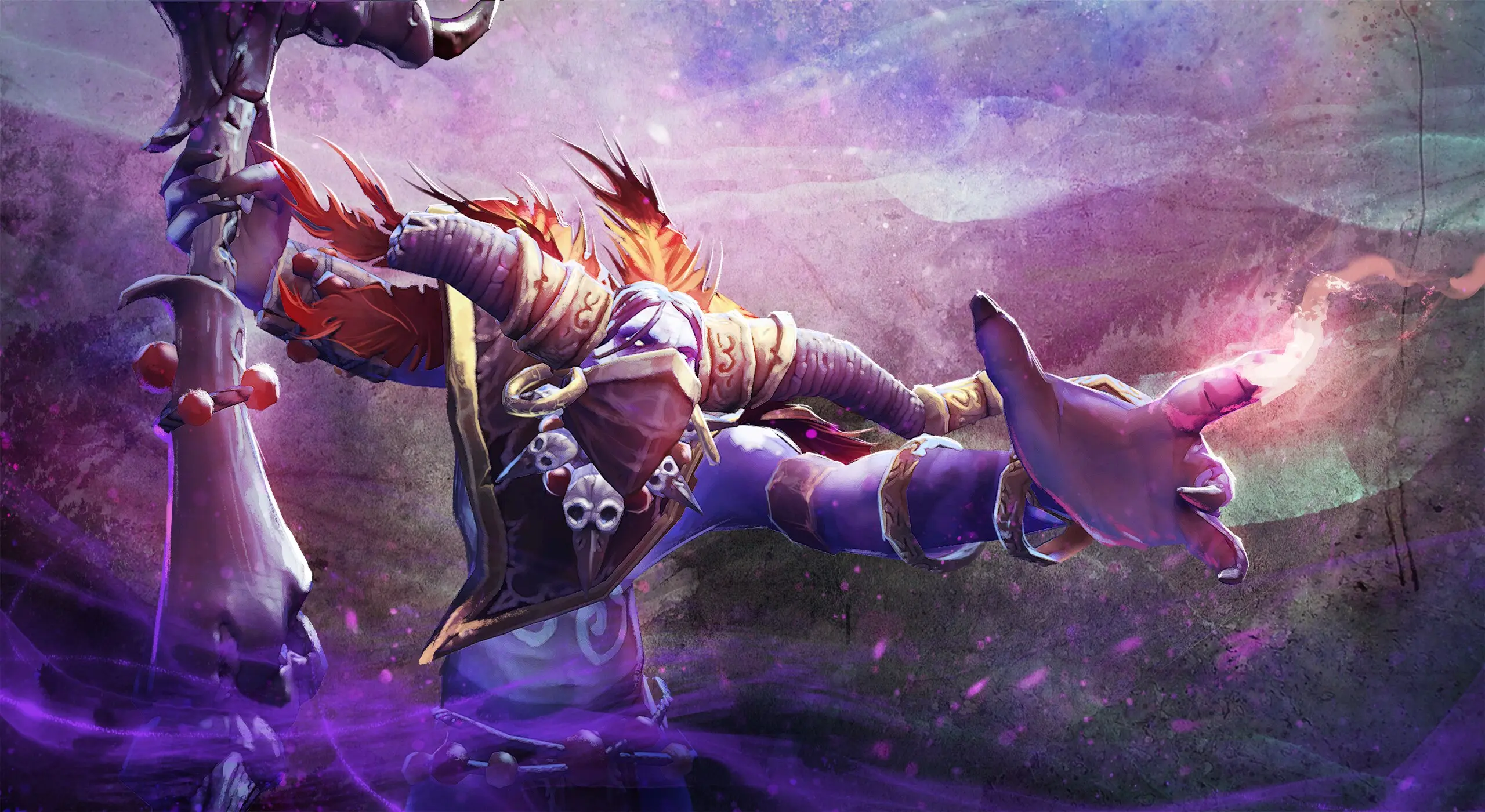
How to play Witch Doctor, the best hero in Dota 2 7.34
The Doctor is in.
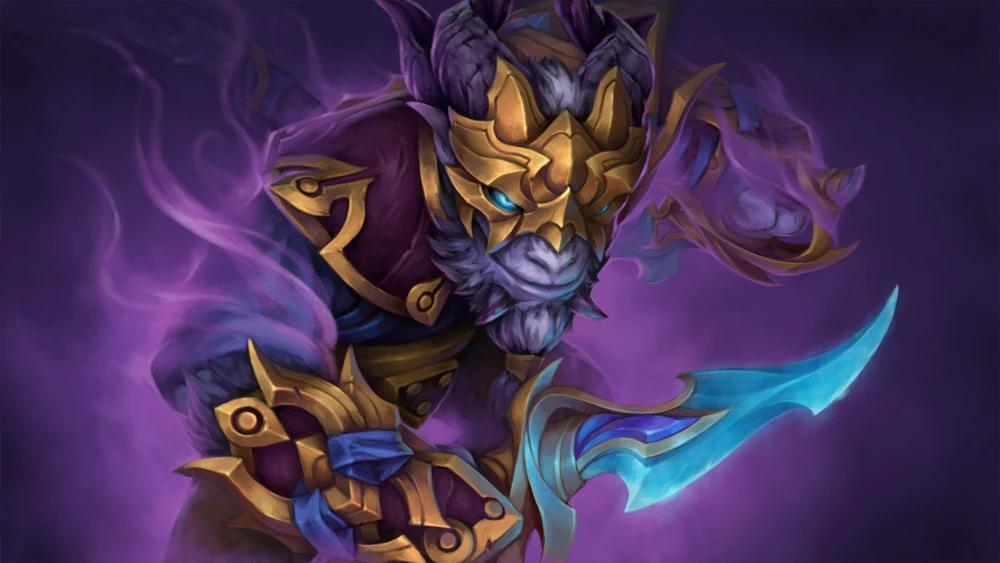
The new best heroes of Dota 2 7.34
Start queueing up sentries and Spirit Vessels.
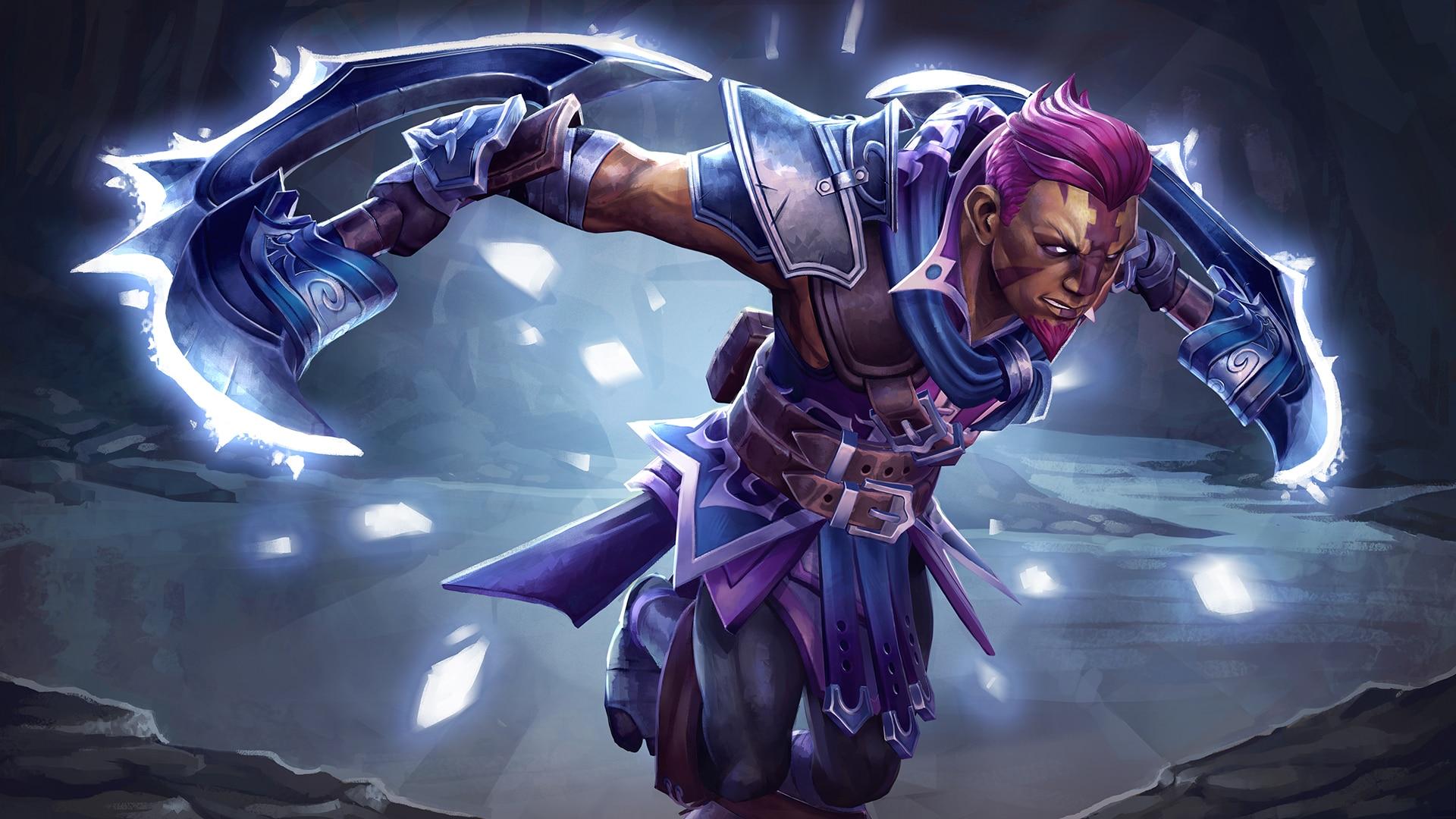
Dota 2 finally has a punishment for breaking items
If you want to BM, it’ll cost you.


